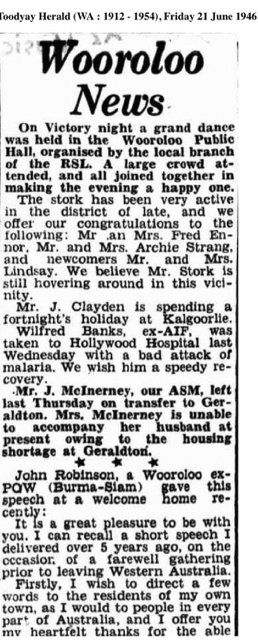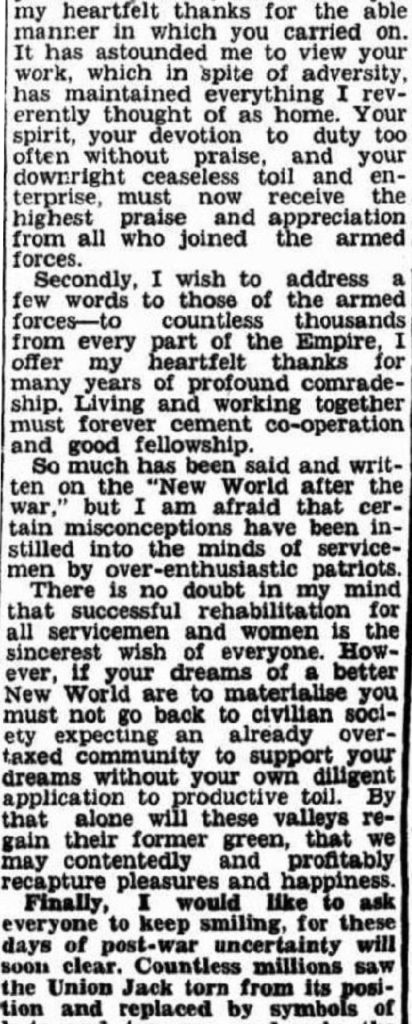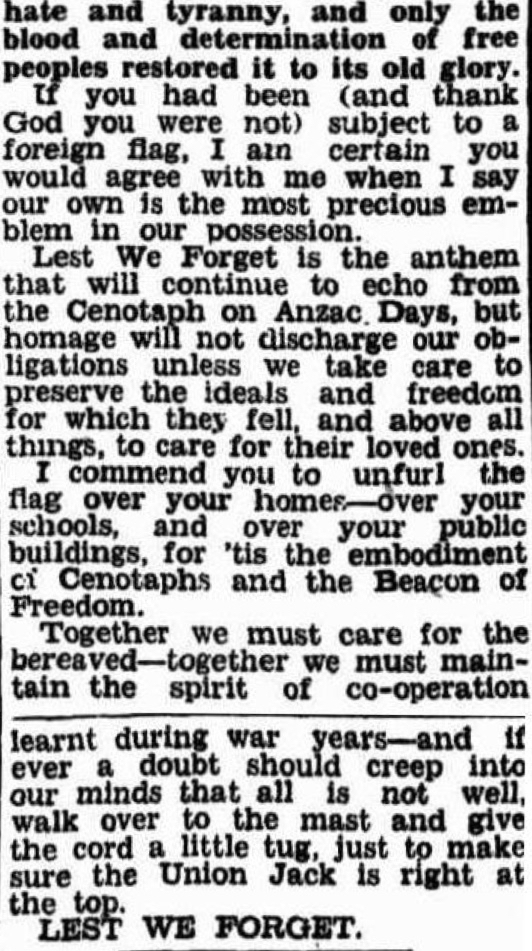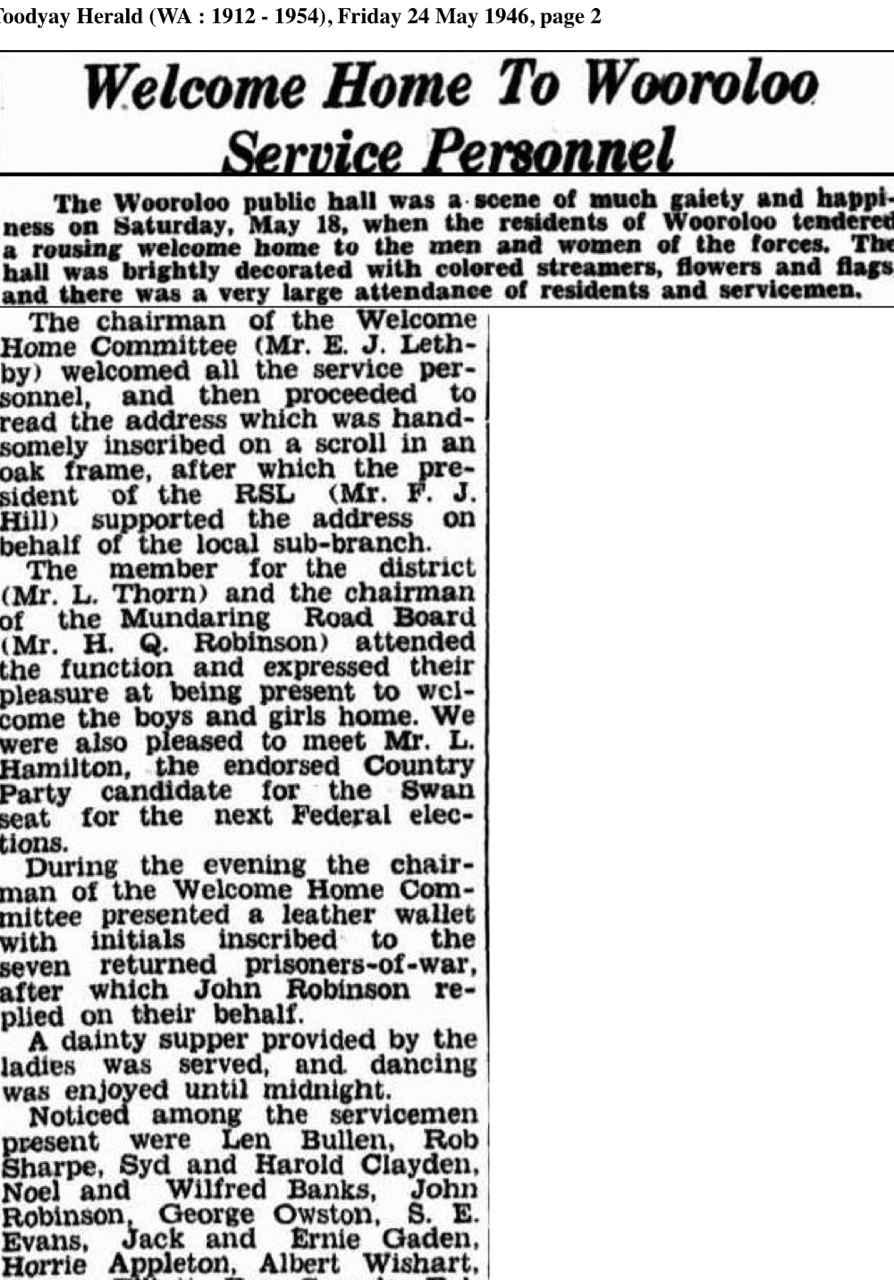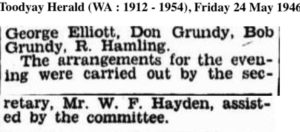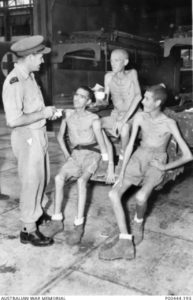MUNDARING WW2 WAR MEMORIAL
A.J. COLQUHOUN
A.V. COUSINS
N.J. OUTRIM
Men of 2/4th Machine Gun Battalion whose names are inscribed and remembered for their sacrifice.
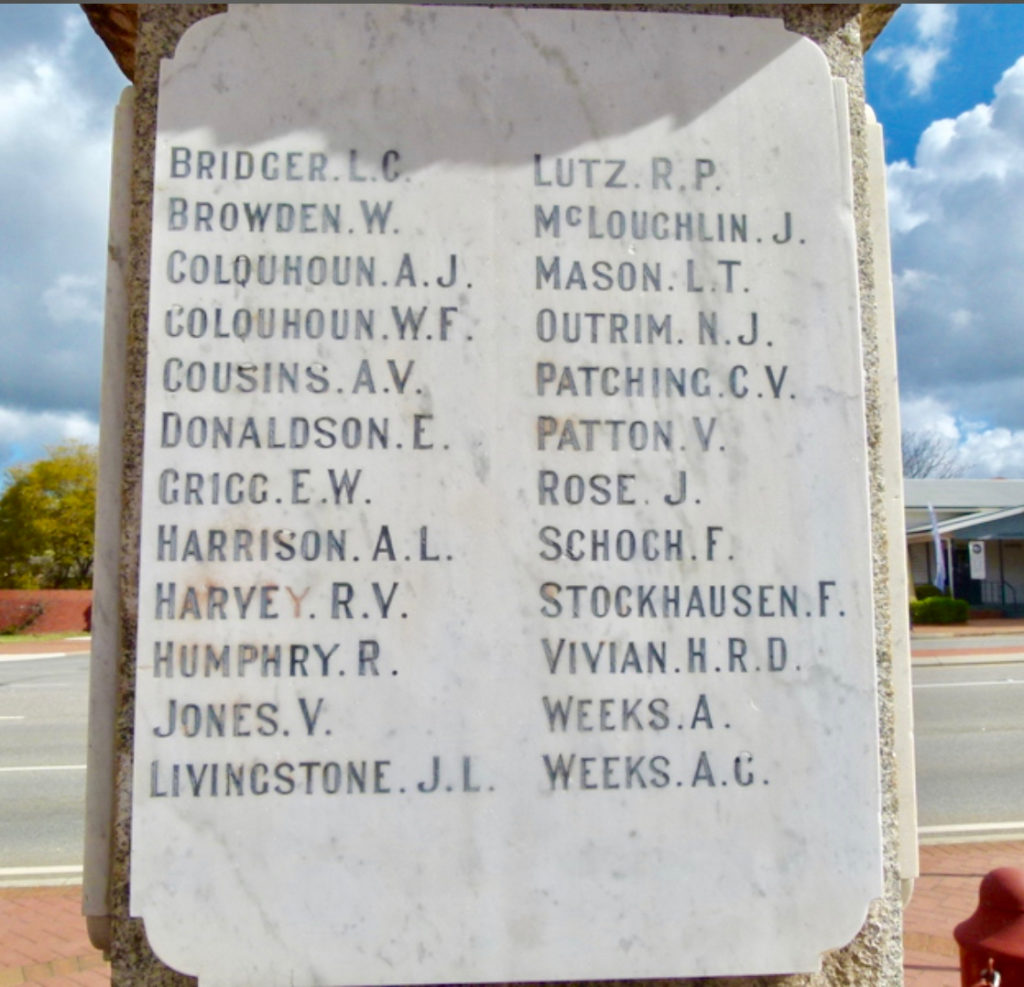
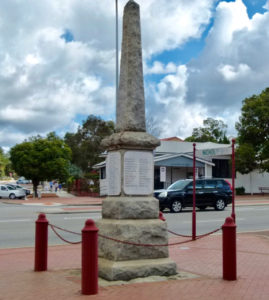
The following men were in 2/4th MGB – our apologies if we have omitted family names. We invite families to forward any photos or information you would like your family’s future generations to read and learn about the sacrifice and bravery of these men. Please advise email: 2nd4thmgb@gmail.com
Wooroloo Boys
WX10343 BANKS, Noel Edwin b. 1916 son of James Albert and Celia Lydia Banks enlisted AIF 18 Dec 1940, later joining ‘C’ Company. He had worked as an orchardist.
Noel was AWOL from ‘Aquitania’ at Gage Roads, Fremantle anchoring on 15 Jan 1942 having sailed from Sydney. He left the ship with others from his hometown. The following morning the truck transporting them back to Fremantle broke down. They were unable to report for duty when the ship sailed next day,16 Jan 1942 for Singapore. Please read further.
At Java Noel was assigned to ‘Blackforce’ attached to 2/2nd Pioneers Battalion. Allied forces joined with Dutch East Indies to fight Japan. They were taken POWs 8 March 1942. Suffering with malaria, Noel Banks was being transferred by an ambulance to hospital on 8th March when the vehicle was captured by Japanese troops. He was initially treated at 2/2nd Casualty Clearing Station until 18 April then attached to 2/3rd Reserve motor Transport Company to convalesce until 5 Nov 1942.
During next few years Noel moved to several camps in Java. Finally in 1945, having regularly suffered malaria he was selected with a Work Force to work in Sumatra on Pakan Baroe-Mocearo Railway – having endured more 3 years of captivity, POWs were in poor health having endured various tropical illnesses, diminished food supplies and no medicines – now they had to construct a railway through unimaginably challenging tropical terrain and conditions.
So little is written about Sumatran Railway – Sumatra was hell on earth.
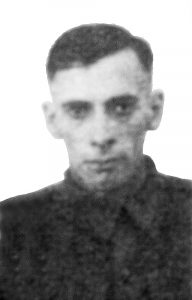
Mid 1944 construction of railway began. During 1945 there was an even greater shortage of food. The men were dressed in just a few rags & ‘Jap happys’ . Sickness was rife, the men were weak after several years as POWs.
Noel himself had recurring malaria. The reason he did not make the work parties out of Java with other Australians.
AWM Photo of POWs who had just returned Singapore from Sumatra – shows condition of men.
The POWs endured a terrible time and were urgently airlifted with aid of Red Cross to Singapore, such was there precarious health. Please read further about POW built railway Sumatra
Noel’s twin brother Wilfred also enlisted and returned home to West Australia.
CLAYDEN BROTHERS OF 2/4TH
SYDNEY RICHARD (SYD) born 1915. Recovered from Japan 1945
HAROLD THOMAS (BUCK) born 1917. Recovered Saigon, French Indo-China 1945.
WX10354 CLAYDEN, Harold Thomas (Buck) b. 1917 son of Jesse Thomas and Elizabeth Clayden and younger brother to Sydney Richard (Syd) Clayden. Harold enlisted with AIF 18 December 1940, later joining 2/4th MGB’s ‘C’ Company, 11 Platoon with Cousins, Dusty Millar and John Robinson.
Harold was one of many 2/4th boys who jumped ship, AWOL from ‘Aquitania’ at Gage Roads, Fremantle 15 January 1942. ‘Aquitania’ had sailed from Sydney heading for Singapore (although the men aboard did not know their destination at that time). When their ship sailed following day 16 January more than 90 well-trained machine Gunners were left behind, many had been locked up by over-zealous police officers and didn’t think it was important to release them. Read further about AWOL Fremantle.
Buck Clayden was on the truck which broke down Greenmount Hills returning to Fremantle & Aquitania – missing Aqjuitania.
Harold travelled with Dusty Millar, Bill Steel, Reg Striblng and Noel Banks away from ‘Aquitania’. From Geoff Bank’s son Noel we hear Noel had told his family, he had not been desperate to visit home (ie. leave ‘Aquitania’ against orders) however one of his senior officer’s assured him there would be time to travel home and back again to Fremantle before ‘Aquitania’ departed midday the following day! Which really was very unlikely with the vehicles available then.
According to one of Harold Clayden’s daughters, their family always knew that the truck Harold was returning on to Fremantle, broke down on Greenmount Hill, and they were unable to reach Fremantle on time.
It is very likely the men travelled together away from
Fremantle and likewise, they together planned to return to Fremantle travelling by truck. It was not uncommon for vehicles to break down. There were frequent vehicle breakdowns throughout the country & city.
Almost 100 men from 2/4th did not reach ‘Aquitania’ before sailing midday on 16th January.
We believe there were others who from 2/4th who were on the broken down truck at Greenmount. We believe about 600 men from 2/4th climbed off the ‘Aquitania’ against orders. Most returned by the following morning except about 90 men. Several of these had been locked up at Fremantle by overzealous Military Police who would not release them.
Harold Clayden sailed several weeks later supposedly to join 2/4th in Singapore, however when their ship sailed near Singapore coast Australian Government knew Singapore was about to fall. Their ship was ordered to Java.
In Java Harold was assigned to ‘Blackforce’ made up of combination of Australian Forces from middle east who arrived Java without military equipment nor their personal baggage. With Dutch East Indies (local) Forces, the Australians and seaman from ‘Perth’ and US ‘Houston’ prepared to fight the invading Japanese Imperial Army. There was minimal fighting before The Dutch East Indies capitulated to Japan. Australians deeply unhappy with their decision. Allied soldiers were taken POWs 8 March 1942.
Harold sailed from Java to Singapore then onto Burma arriving 14 Oct 1942 to work Burma end of Burma-Thai Railway with ‘A’ Force Burma, Java Party No. 4, Williams Force – Williams Force included a large number of experienced engineers from 2/2nd Pioneers (having come from Middle East) the Japanese were ‘lucky’ – their very own engineering work party who moved up and down Burma end of Railway line laying track! Williams Force was pushed endlessly.
Harry was at 30km camp and 55km Camp, both were hospital camps before being sent to Tamarkan. Williams Force working Camps in Burma included Tanyin 35, Anakwin 45km, Taungzan 57 km, Mezali 72 km, Apalon 77km and Kondaw.
In 1944 Harold was considered ‘fit’ by Japanese and selected to work in Japan with what would be known as ‘Awa’ Maru Party. Firstly entrained to Saigon, French Indo-China the POWs worked around the docks and city while waiting for a ship to take them to Moji, Japan. American submarines had by this time successfully blockaded Saigon and surrounding French-Indo China coast *** – Japan was alternatively forced to send POWs to Singapore where the chances of successfully leaving port were much greater.
*** Saigon, French Indo-China had been important and effective route for Japan for supplies to Burma
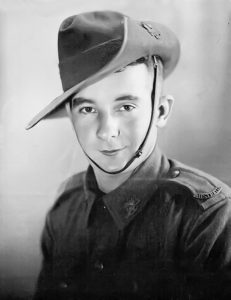 for several years. This blockade forced Japanese shipping to take longer route to Singapore –
for several years. This blockade forced Japanese shipping to take longer route to Singapore –
subjecting their ships to submarine attacks.
Harold was ill when the ‘Awa’ Maru Party departed Saigon and he remained behind. He was recovered from Saigon at the end of the war. He returned home.
WX10358 CLAYDEN, Sydney (Syd) Richard b.1915. Enlisted 18 Dec 1940, same day as his brother Harold Clayden. Both Harold and Syd worked in the local and quite extensive timber industry. Syd joined ‘C’ Company HQ.
Syd sailed into Singapore with 2/4th where 2/4th Battalion was split up to reinforce 8th Battalion Forces. The Japanese attack from 8th to 15th Feb 1942 was intense and as the men would say, a ‘shambles’. Singapore surrendered – the men taken POWs.
In May 1942 Syd sailed with first Japanese work Force out of Singapore, 3,000 POWs with ‘A’ Force Burma, Green Force No. 3 Btn were transported on three boats to south west coast of Burma, where they would spend the next few months repairing and enlarging the airfields at Victoria Point, Tavoy and Ye before heading for the northern most point of the planned Burma-Thai Railway.
Syd was with Green Force which began working on the Railway 1st October 1942 at Kendau. The POWs would continue working on the line until end of 1943.
By end of 1943 the Japanese had started moving all POWs in Burma south to one of several large camps in Thailand. It was here Syd was selected as ‘fit’ to work in Japan with what would become known as ‘Rakuyo’ Maru party.
This party was entrained to Saigon, French-Indo China – it was planned to sail from here to Moji, Japan. After several months when the POWs worked around the docks and Saigon, the Japanese realized their plans had been thwarted by the success of the American submarines who had blockaded Saigon and surrounding coast.
‘Rakuyo’ Maru Party were entrained for Singapore to await a ship. In early September 1944, their ship ‘Rakuyo’ Maru finally sailed out of Singapore. By 12 September the POWs were fighting for their lives in South China Sea when their ship was hit by American submarine fired torpedoes, and then sank.
While most of the POWs perished, a small number survived long enough in the water, attached to whatever floating craft they could find, to be finally picked up by a Japanese corvette (about 195 POWs were picked up by American submarines 4 days later).
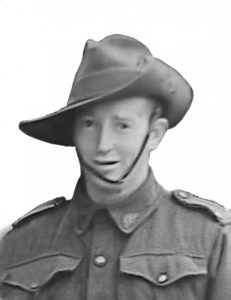
After a ‘rough’ trip to Japan, i.e. there was no sympathy or medical assistance provided, the POWs arrived Moji. Syd was sent to Kawasaki Camp No. 14D. He was recovered from Japan at end of war.
We believe Banks, Steele, Harold Thomas (Buck) Clayden Hubert Millar, Reg Stribling left together from ‘Aquitania’ to travel to their families before sailing for Singapore.
We know the truck with Banks was returning on, broke down on Greenmount Hill and failed to reach Aquitania before she sailed the next day on 16 Jan 1945 for Singapore.
These 2/4th men were dropped to Java instead of Singapore.
WX10693 GRUNDY, William Duncan (Bill) b. 1911 Perth. Enlisted AIF 15 Jan 1941, later joined HQ Company as Signaller. Selected to work Burma-Thai Railway with ‘D’ Force ‘T’ Btn departing by train from Singapore May 1943. Worked at Hellfire Pass Cutting. Later selected to work Japan with ‘Both’ Party. ‘Both’ Party travelled to Saigon, French-Indo China and remained there until end of war.
Gundy returned home to Western Australia. Please read further about ‘Both’ Party.
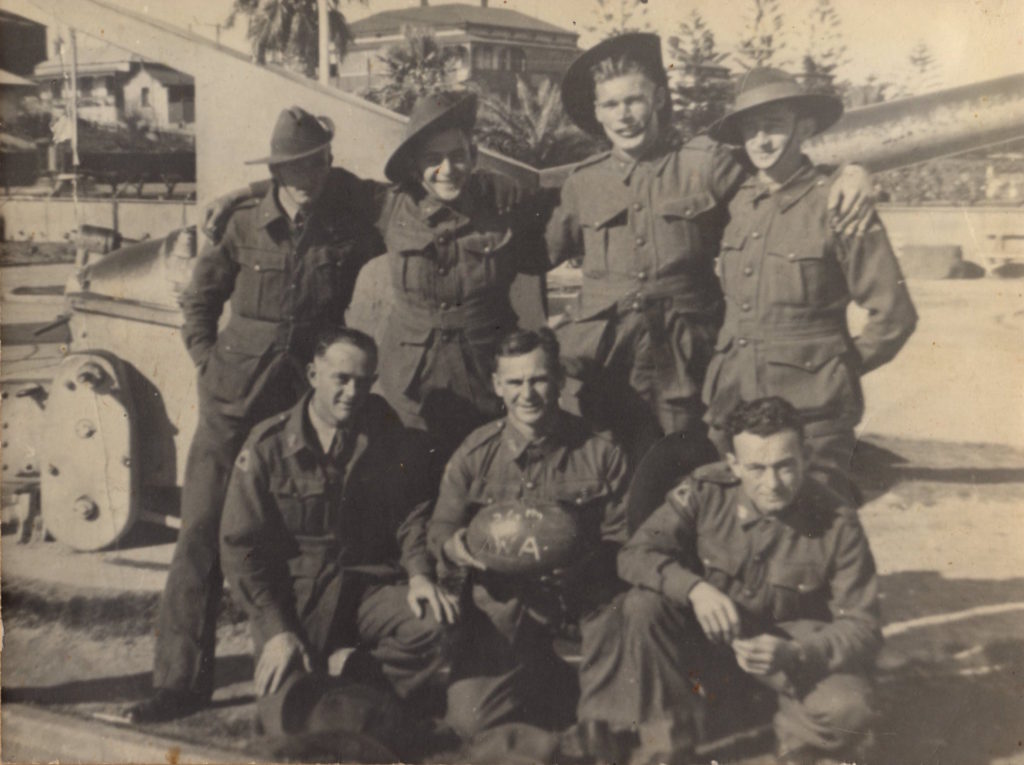
Rear L-R: Ron Evans, Jack Kyros, Claude Gault, Merve Wilkinson.
Front: Vern Hoppe, Bill Grundy & Ted Cosson.
WX10351 ROBINSON, John b. 1918 Cottesloe to Harry Quinn and Josephine Robinson. Enlisted AIF 18 Dec 1940, later joined 2/4th’s ‘C’ Company as did the Clayton brothers. Robinson and Banks were competitors in local Rifle Schooting Club. Robinson Worked Burma end of Burma-Thai Railway with ‘A’ Force Green Force No. 3 Btn sailing from Singapore May 1942. Was recovered from Thailand at end of war. Returned to Western Australia.
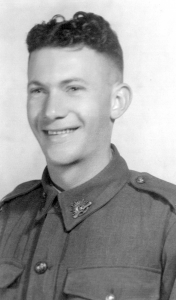
John developed tropical ulcers on both ankles/legs whilst in Thailand. He was fortunate the ulcers healed sufficiently to avoid amputation. On his return home John required ongoing skin grafts and treatment for his injuries.
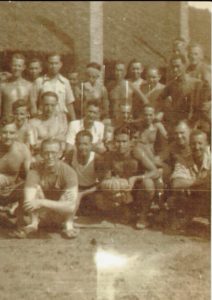
MUNDARING BOYS
WX10721 de’ CASTILLA, Harry Bussell b. 1908 Perth to Harry and Violet de Castilla. Enlisted AIF 15 Jan 1941 – joined 2/4th’s ‘C’ Company. Worked Burma end of Burma-Thai Railway with ‘A’ Force, Green Force No. 3 Battalion. Remained POW Thailand recovered from Kachu Mountain Camp at end of war. Returned home to Western Australia.
WX8726 MILLAR, Hubert James (Dusty) b. 1921 Mundaring to William Duncan and May Millar. Enlisted 6 Dec 1940. Later joined 2/4th MGB ‘C’ Company as a Driver. Was AWOL at Fremantle off ‘Aquitania’ and thereafter sent to Java where he was taken POW.
Selected with ‘A’ Force Burma, Java Party No. 4 Williams Force to work on Burma end of Burma-Thai Railway. Millar was with Harold Clayden and de’Castilla – sent to Kachu Mountain Camp, Nakom Nayok, Thailand and recovered from here at end of war.
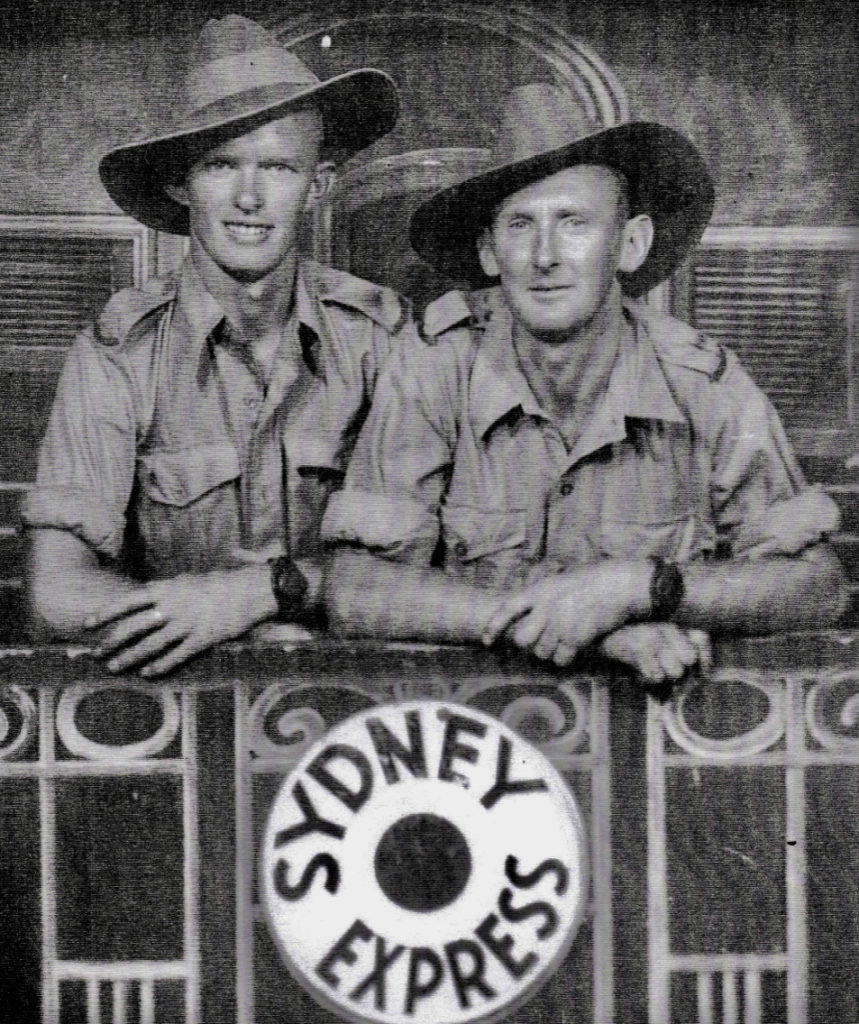
Above: Millar with Arnie Cousins. Cousins, Millar & Colquhuon were all mates together in ‘C’ Company.
After the war Dusty Millar initially returned to Mundaring where he and his brother Harry worked at his father’s store. His father died in 1946 and some time after this, Dusty and his wife Jean moved to Mullewa where they took up ownership of ‘Cutbush’s Store’ at Mullewa. (His mother May also moved to Mullewa). They remained here throughout 1960’s to 1980 when they returned to Perth and were residing 126 Morley Drive, Nollamara (Electoral Roll 1980). Dusty’s occupation was recorded as proprietor – it would seems he possibly took up storekeeping again!
Also in the town of Mullewa was a store owned by former 2/4th Gabriel ‘John’ Wade. Bill Grundy of 2/4th worked on a farm out of Mullewa at Tardun.
WX9419 STEELE, Harold William (known as Bill) born Glen Forrest to Harold (William) and Florence Steele of Mundaring.
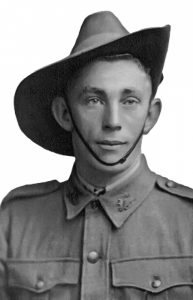
After the war, Millar and Steele married Siggins sisters, Jean and Joye, whose family had earlier also resided at Mundaring.
Bill Steele also missed the ‘Aquitania’ before she departed 16 January 1945 to Singapore.
WX9827 STRIBLING, Reginald Harold (Reg) b. Victoria Park 1919 to Cecil Sydney Stribling and Elsie Isobel Gibbons who married Perth 1908.
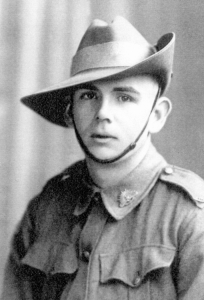
Reg enlisted 6 Dec 1940 and later joined ‘C’ Coy 12 Platoon as a driver. Reg left ‘Aquitania’ 15 January 1942 and was not able to return before ‘Aquitania’ sailed the following day. We assume Reg also travelled with the group from Fremantle to the Perth Hills.
Sailing to Java he was taken POW of Japan about 8 March 1942.
He sailed from Java with Java Party No. 4 via Singapore to north coast of Burma with Williams Force to work on the northern end of the railway. Reg survived and was recovered from Thailand and the end of the war.
In 1951, Reg married Mundaring girl Vera Fogarty.
MT HELENA BOYS
WX9092 COUSINS, Arnold Vivian (Arnie) b. 1913 Mt. Helena to William Robert and Clara Matilda Cousins. Was with 10th Light Horse Militia. Enlisted 25 Oct 1940, later joined 2/4th MGB ‘C’ Company, 11 Platoon with Harold Clayden, Dusty Millar and John Robinson.
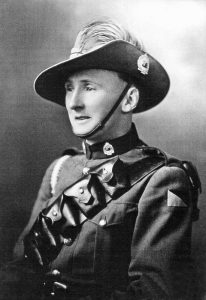 Worked Burma end of Burma-Thai Railway with ‘A’ Force Burma, Green Force No. 3 Btn. Selected in Thailand 1944 to work in Japan – Arnie lost his life aged 30 years when Japanese POW transport ship‘Rakuyo’ Maru was torpedoed byAmerican submarines and sank in the South ChinaSea Sep 1944. Cousins’ name is inscribed on the Mundaring WW2 Memorial.
Worked Burma end of Burma-Thai Railway with ‘A’ Force Burma, Green Force No. 3 Btn. Selected in Thailand 1944 to work in Japan – Arnie lost his life aged 30 years when Japanese POW transport ship‘Rakuyo’ Maru was torpedoed byAmerican submarines and sank in the South ChinaSea Sep 1944. Cousins’ name is inscribed on the Mundaring WW2 Memorial.
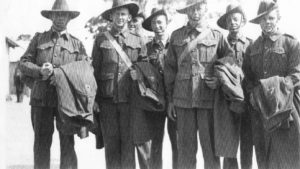
SAWYERS VALLEY Enlistments
WX9109 COLQUHUON, Alexander John (Alex) b. 1906 Midland Junction to Robert and Mary Ann Colquhuon. Enlisted AIF 30 Oct 1940, joined 2/4th’s ‘C’ Company. As a POW in Singapore, Alex was selected to work Burma end of Burma-Thai Railway with ‘A’ Force Burma, Green Force No. 3 Battalion. In 1944 Alex was selected to work in Japan and lost his life aged 38 years when ‘Rakuyo’ Maru POW transport ship, was torpedoed by American submarines South China Sea Sep 1944.
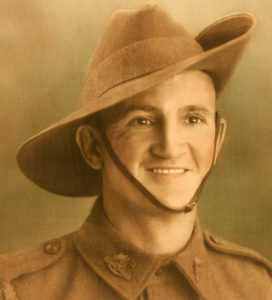
Alex Colquhuon’s name is inscribed on the Mundaring WW2 Memorial.
Alex’s two brothers Bill (W.F. Coloquhuon) and Harry also enlisted. Bill who was father to two children, died New Guinea.
WX10802 OUTTRIM, Noel James b. 1920 Ravensthorpe to
Edwin Kingston and Annie Florence Outtrim. Enlisted AIF 15 Jan 1941. Later joined 2/4th’s ‘B’ Company as a Rangetaker. Selected with ‘D’ Force Thailand departing Singapore by train in March 1943 – joined Captain Fred Harris Party working around Hellfire Pass Cutting. Died aged 24 years of Cerebral Malaria at Kinsaiyok Camp,Thailand 22 Nov 1944.
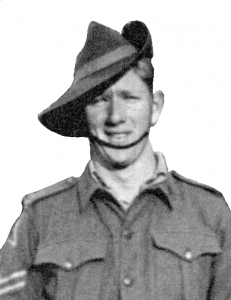
Noel Outtrim’s name is inscribed on Mundaring WW2 Memorial.
10TH LIGHTHORSE MILITIA – ‘A’ SQUADRON was located at Mt. Helena, Waroona, Toodyay and Narrogin which Lt. Colin Cameron was one of the training officers.We believe believe many of these young men joined the Militia and was one of the reasons for enlisting 2/4th and joining ‘C’ Company. Please read further about 10th Light Horse Militia
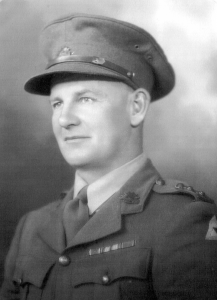
WX3451 CAMERON, Colin Major (Promoted14 Feb 1942 on death of Lt-Col M.J. Anketell, CO 2/4th MGB)), b. 1900 Digby, Victoria. Enlisted 5 Dec 1940 joined ‘C’ Company Headquarters. Sent Burma end of Thai-Biurma Railway with ‘A’ Force Burma, Green Force No. 3 Btn.
Served WW1 Trooper 3rd Camel Regiment, 8th & 4th Australian Light Horse Regiment. Was on regimental strength when well-known mounted charge took place at Beersheba 31 Oct 1917 against fortified Turkish position.
Cameron was wounded in action (unknown date) receiving bullet in base of his spine.
After WW1 Cameron served as Captain with 10th Light Horse Regiment before resigning his commission to enlist 2nd AIF with 2/16th Battalion. Attended NCO School Randwick, NSW but unable to continue due to WW1 injury. Rejoined 10th Australian Light Horse Regiment before enlisting a second time with 2nd AIF when he became member of 2/4th MGB.
